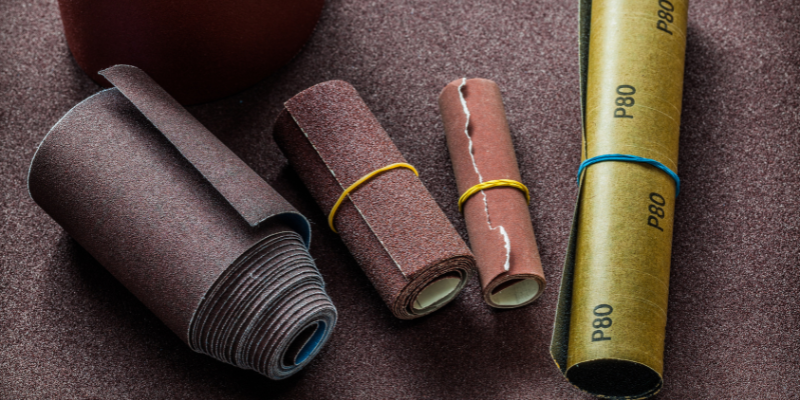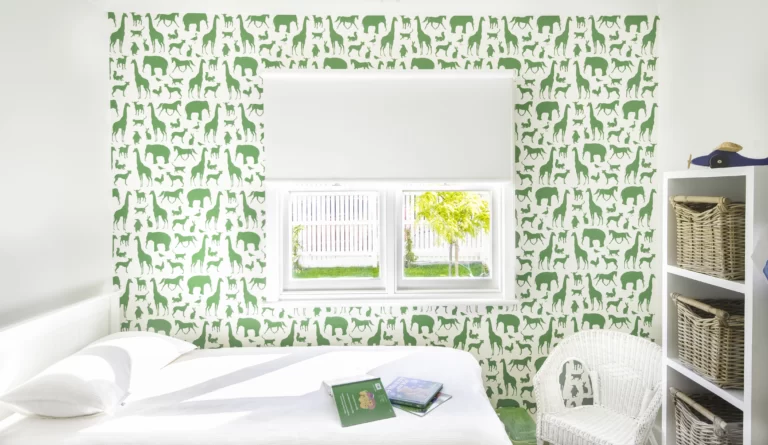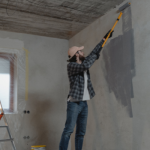It’s crucial to sand surfaces before painting them to prepare a wall for a fresh coat of paint. In addition, sanding surfaces can smooth out wall flaws and increase paint adherence. It also helps to remove any excess paint or residue on the wall, which can affect the overall appearance of your project.
The best approach to sanding walls before painting will depend on several factors, such as whether your project is interior or exterior and the state of the surfaces. Nonetheless, here are some sanding tips:
1. Choose the correct paper grit
Different grits are suitable for various jobs. For example, an average medium grit of about 120 is sufficient for sanding walls. A coarser grit, such as 80–100, can be used to prepare surfaces for a second coat of paint. However, employ caution when using too-rough sandpaper since this might harm the wall and cost you more time in the long run.
2. Use a sanding bloc
Sanding blocks are an excellent tool for sanding walls because they help to uniformly distribute the pressure and keep the sandpaper flat against the surface.
3. Sand in the grain direction
When sanding wood, do so in the direction of the grain to prevent leaving scratches or marks on the wood. The same logic should be applied to gyprock walls.
4. Be thorough!
It’s crucial to sand the wall’s entire surface, not just particular spots that might seem rough or uneven. In particular, sanding only specific areas can result in an uneven finish. Also, dust and clean the surface to eliminate any extra dust or dirt. As a result, you will make it more likely that the paint will adhere properly and provide an even smooth surface.
Ona final note, if you follow these simple instructions, you will be on the way to a professional finish!
Happy painting!







